Not-So-Busy Bees
Bees take a break from work every night, even when the sun never sets.

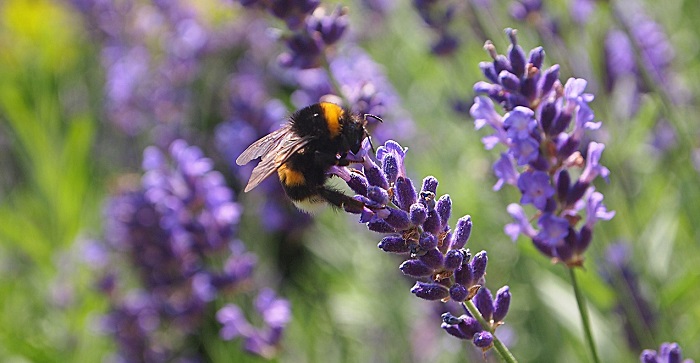
Research into the brain's compass may help diagnose and treat Alzheimer's disease.
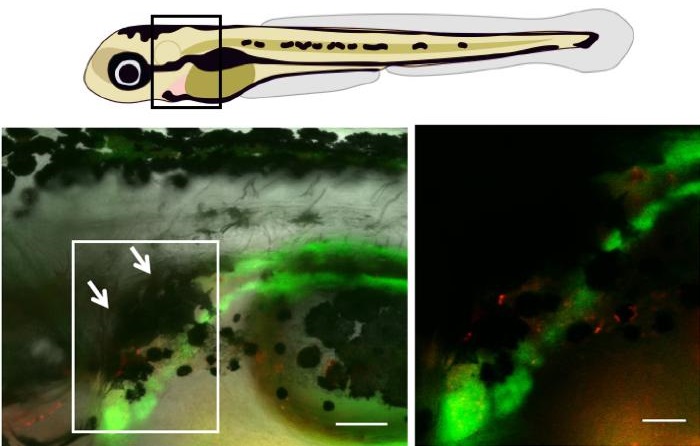
Pigmented cells shade blood producing cells from sun damage in the kidneys of fish.
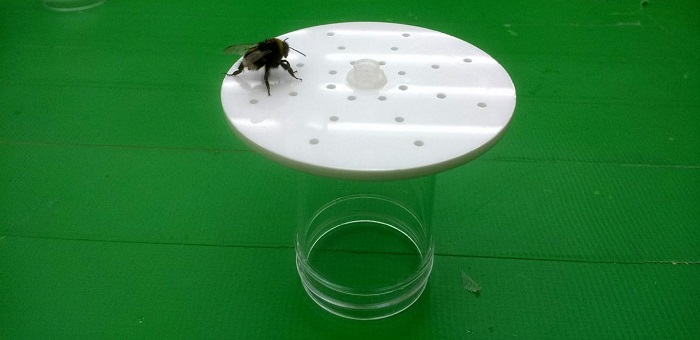
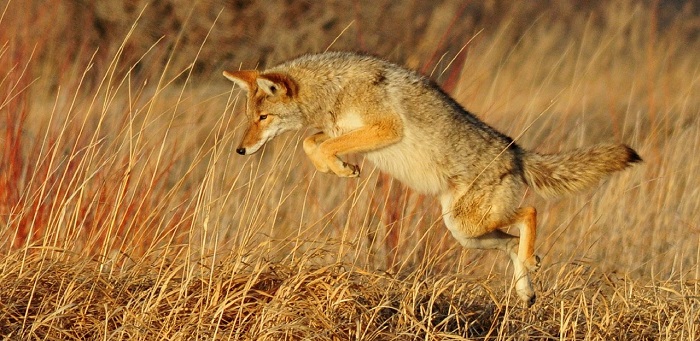
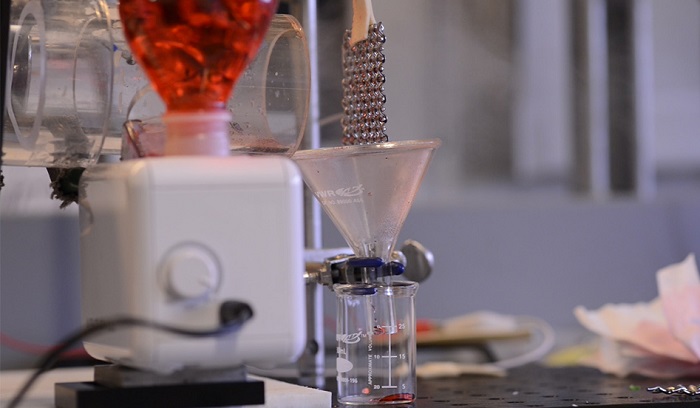
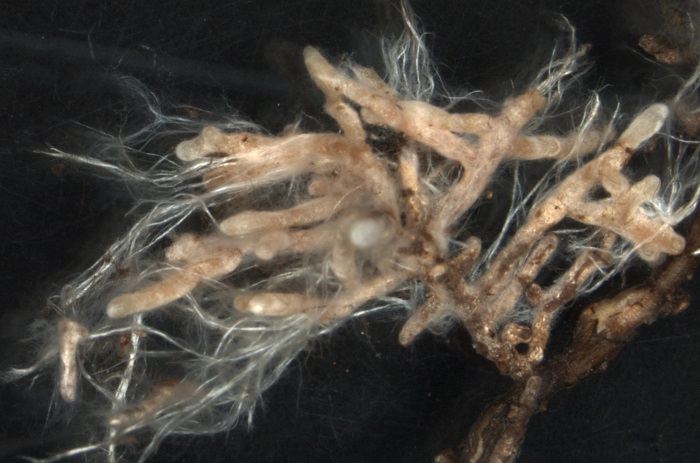
Pollution could be short-circuiting a mutualistic relationship between trees and fungi.
The echo of a pitcher plant helps bats find safety and helps the plant get food.
The secret behind a beetle’s ability to shoot rapid pulses of high temperature toxins.
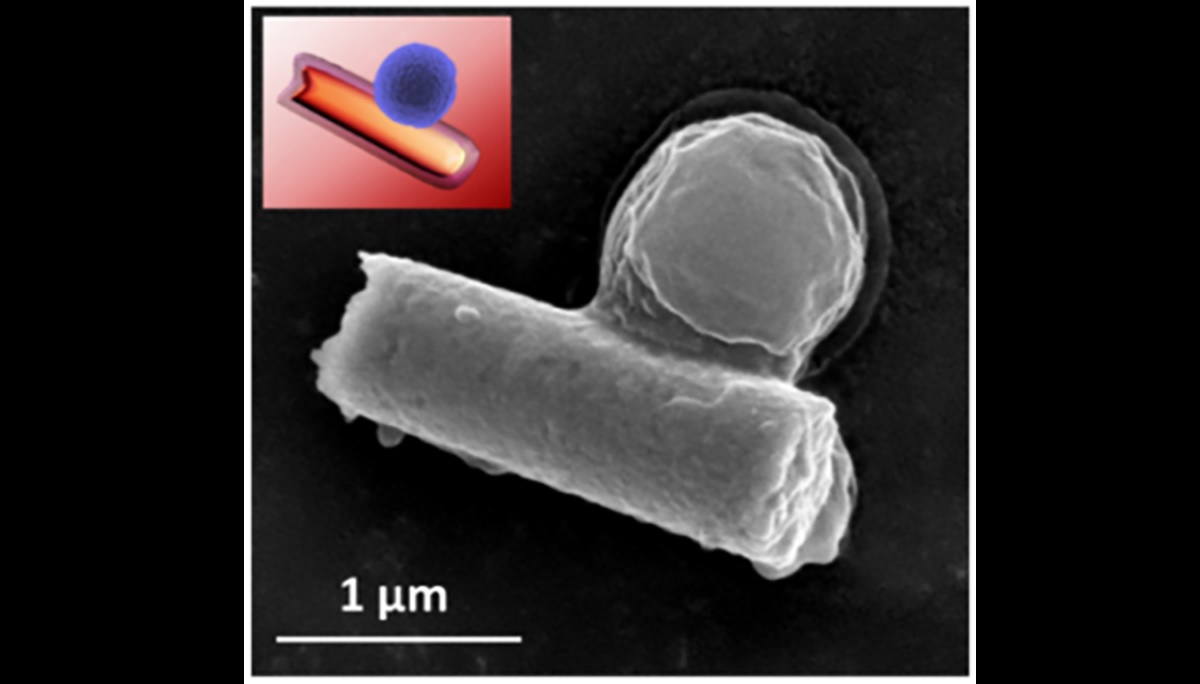

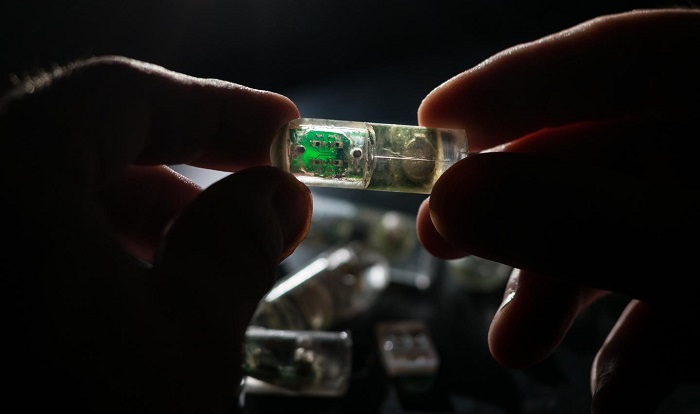
A capsule combines engineered bacteria and microchips to monitor the GI tract.
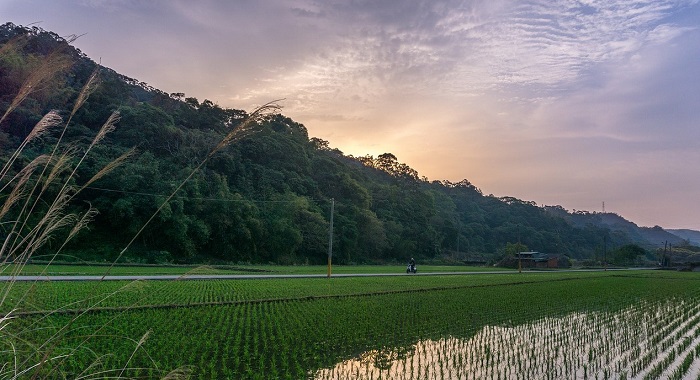

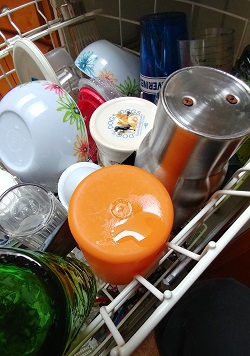
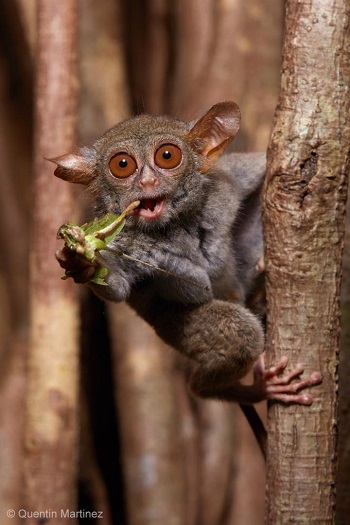
What did our mammalian ancestors eat during the age of the dinosaurs? The answer might bug you.
